In Which I Could Tell You But Then You'd Be Dead
 Tuesday, August 19, 2008 at 10:04AM
Tuesday, August 19, 2008 at 10:04AM 
The Secret History
ed. by Molly Lambert
According to Trevor Paglen, it is not illegal to photograph the U.S.A.'s many secret government bases, provided one does not directly enter a restricted area to do so.
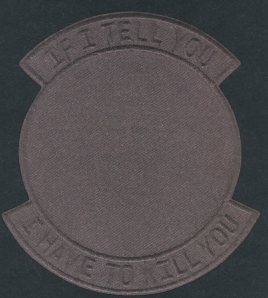
Tonopah, in Southern Nevada, is a vast area containing multiple test sites and secret military bases, including the famed Area 51.
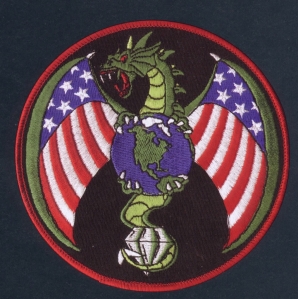
Tonopah encompasses 3.1 million acres and 12,000 square miles of airspace - an area roughly the size of Switzerland.
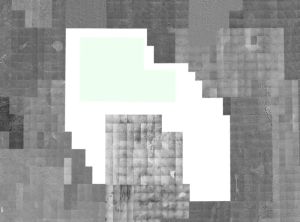
A montage of available USGS satellite photography showing southern Nevada. Black Areas do not appear on the site.
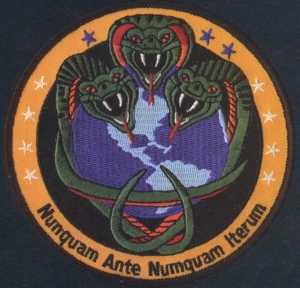
Budget documents tell little. This year, for instance, the Pentagon says Program Element 0603891c is receiving $196 million but will disclose nothing about what the project does. Private analysts say it apparently aims at developing space weapons.
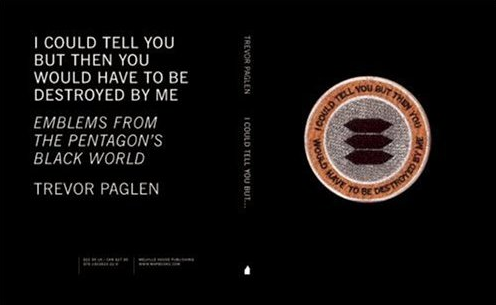
Trevor Paglen's Black Ops book offers clues into the nature of the secret programs, and a glimpse of zealous male bonding among the presumed elite of the military-industrial complex. Patches can feel like fraternity pranks gone ballistic.
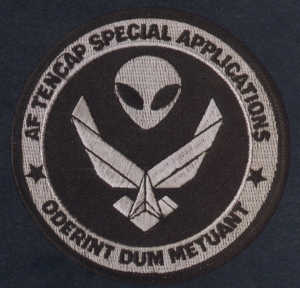
A spokesman for the Pentagon, Cmdr. Bob Mehal, said it would be imprudent to comment on “which patches do or do not represent classified units.” In an e-mail message, Commander Mehal added, “It would be supposition to suggest ‘anyone’ is uncomfortable with this book.”
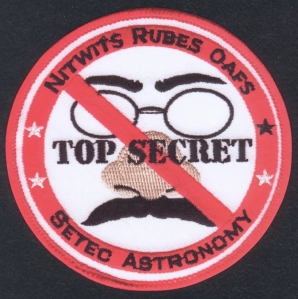
Each year, the Center for Strategic and Budgetary Assessments, a private group in Washington, publishes an update on the Pentagon’s classified budget. It says the money began to soar after the two events of George W. Bush’s coming into office and terrorists’ 9/11 attacks.
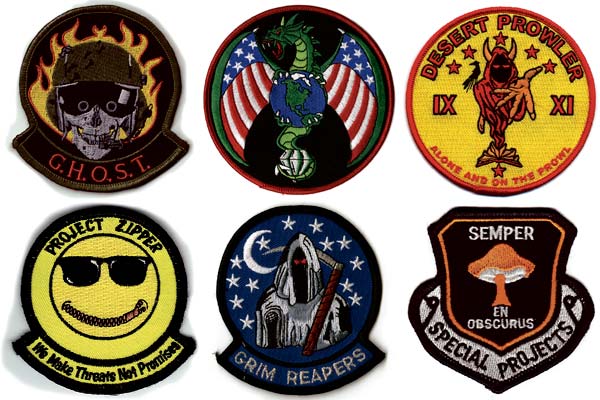
What sparked his interest, Mr. Paglen recalled, were Vice President Dick Cheney’s remarks as the Pentagon and World Trade Center smoldered. On Meet the Press, he said the nation would engage its “dark side” to find the attackers and justice. “We’ve got to spend time in the shadows,” Mr. Cheney said. “It’s going to be vital for us to use any means at our disposal, basically, to achieve our objective.”

In an interview, Mr. Paglen said that remark revived memories of his childhood when his military family traveled the globe to bases often involved in secret missions. “I’d go out drinking with Special Forces guys,” he recalled. “I was 15, and they were 20, and they could never say where they where coming from or what they were doing. You were just around the stuff.”

Intrigued by Mr. Cheney’s remarks as well as his own recollections, Mr. Paglen set off to map the secret world and document its expansion. He traveled widely across the Southwest, where the military keeps many secret bases. His labors, he said, resulted in his Ph.D. thesis as well as a book, Blank Spots on a Map, that Dutton plans to publish next year.
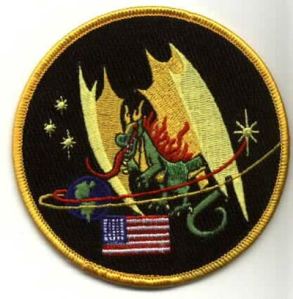
The research also led to another book, Torture Taxi, that Melville House published in 2006. It described how spies kidnapped and detained suspected terrorists around the globe.
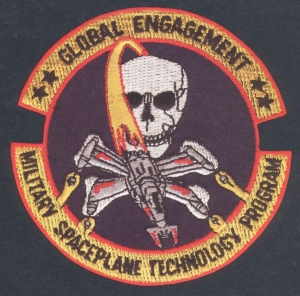
Black World, a 2006 display of his photographs at Bellwether, a gallery in Chelsea, showed “anonymous-looking buildings in parched landscapes shot through a shimmering heat haze,” Holland Cotter wrote in The New York Times, adding that the images “seem to emit a buzz of mystery as they turn military surveillance inside out: here the surveillant is surveilled.”

In this research, Mr. Paglen became fascinated by the patches and started collecting them and displaying them at talks and shows. He said a breakthrough occurred around 2004, when he visited Peter Merlin, an “aerospace archaeologist” who works in the Mojave Desert not far from a sprawling military base. Mr. Merlin argued that the lightning bolts, stars and other symbols could be substantive clues about unit numbers and operating locations, as well as the purpose of hidden programs.

“These symbols,” Mr. Paglen wrote, “were a language. If you could begin to learn its grammar, you could get a glimpse into the secret world itself.” His book explores this idea and seeks to decode the symbols. Many patches show the Greek letter sigma, which Mr. Paglen identifies as a technical term for how well an object reflects radar waves, a crucial parameter in developing stealthy jets.
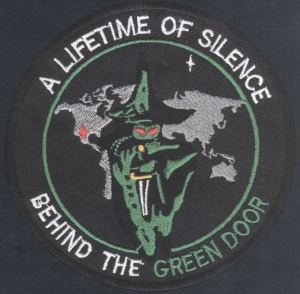
A patch from a Groom Lake unit shows the letter sigma with the “buster” slash running through it, as in the movie “Ghost Busters.” “Huge Deposit — No Return” reads its caption. Huge Deposit, Mr. Paglen writes, “indicates the bomb load deposited by the bomber on its target, while ‘No Return’ refers to the absence of a radar return, meaning the aircraft was undetectable to radar.”

In an interview, Mr. Paglen said his favorite patch was the dragon holding the Earth in its claws, its wings made of American flags and its mouth wide open, baring its fangs. He said it came from the National Reconnaissance Office, which oversees developing spy satellites. “There’s something both belligerent and weirdly self-critical about it,” he remarked. “It’s representing the U.S. as a dragon with the whole world in its clutches.”
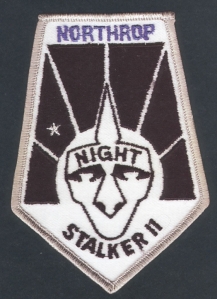
The field is expanding. Dwayne A. Day and Roger Guillemette, military historians, wrote an article published this year in The Space Review on patches from secret space programs. “It’s neat stuff,” Dr. Day said in an interview. “They’re not really giving away secrets. But the patches do go farther than the organizations want to go officially.”
Mr. Paglen plans to keep mining the patches and the field of clandestine military activity. “It’s kind of remarkable,” he said. “This stuff is a huge industry, I mean a huge industry. And it’s remarkable that you can develop these projects on an industrial scale, and we don’t know what they are. It’s an astounding feat of social engineering.”

Paglen showed us pages from the Department of Defense Budget Fiscal Year 2008. The document is publicly available but presents some puzzling numbers. For example, a whopping $ 12.3 million is allocated to toilets which, the document states, must provide soldiers with equipment 2 enhance their efficiency and efficacy."
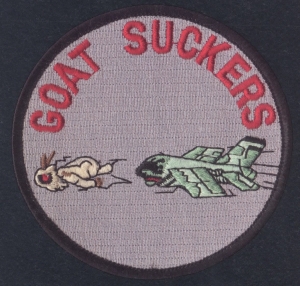
Paglen displayed more images from a documents of classified strategic RDT&E programs. Some projects with mysterious names such as "Pilot Fish", "Retract Juniper," "Chalk Coral", receive huge budgets but, unlike the toilets do not present any justification. Sometimes the sum allocated to a project does not appear at all, leaving blank spots in the budget. The National Security Agency has mostly blanks in its budget.
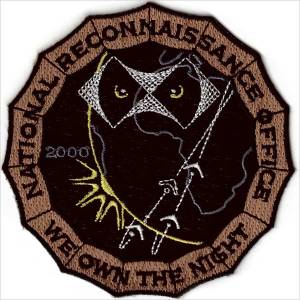
This Black World gained more importance in the '80s. The Black Budget became then a big part of the defense budget with President Reagan, a man fascinated by secret weapons. The next issue he tackled was "How do we study something that doesn't exist? Something that must stay hidden?" Paglen turned to geography to make emerge a negative image of these black spots on maps.
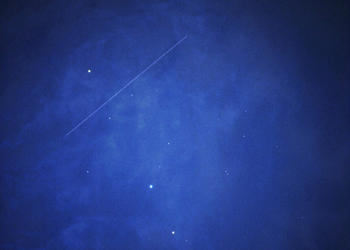
That's where he compares his work to the one of an astronomer because he deals with dark matters, with phenomena which are detectable only through the influence they exercise on the visible world. He uses similar instruments as astronomers' to create his Limit Telephotography series.

So what happens with these "Selected Sites Associated with Classified Military Activity"? Money doesn't disappear like that. Paglen calls them the "Black Dollars." A number of places where these figures congeal are located in the South West of the country, more precisely in the desert. That area has a long history of being an unexplored region. In World War II, these places became useful to hide secret bases where airplanes were tested and eventually stage the Manhattan Project.
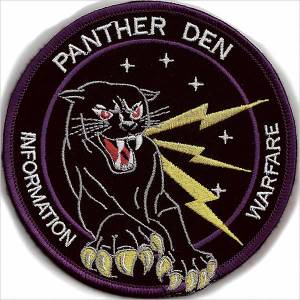
Limit-telephotography resembles astrophotography, a technique that astronomers use to photograph objects that might be trillions of miles from Earth. Many of the military bases and installations hidden deep in deserts and buffered by dozens of miles of restricted land are so remote that a civilian might be able to see them with an unaided eye.
In order to visually document these places, Paglen uses high powered telescopes whose focal lengths range between 1300mm and 7000mm. At this level of magnification, hidden aspects of the landscape become apparent. Because of the distance and the heat coming off the desert, these images have peculiar aesthetical qualities that sometimes evoke impressionist paintings rather than photography.

CIA sets up civilian front companies to hide these "black" operations, making it look like a normal business. But even front companies must produce flight logs, registration papers, and other legal documents. And most of them publicly available. That's the kind of data you check to know if a plane will land on time for example.
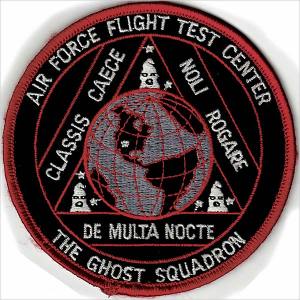
Now how do you find front companies? Documents such as the Civil Aircraft Landing Permits lists the planes which are allowed to land on military landfills. These are companies you have never heard of. You can get a list of the planes these airlines own and from there track information about where they land and from where they fly.

Bases like the ones at Tonopah are located in remote areas and surrounded by hundreds of miles of restricted empty land, making these facilities literally invisible without the aid of a telescope. To photograph these areas, Paglen uses technologies borrowed from astrophotography.

He notes that these areas are so well buffered that it is actually easier to photograph the planet Jupiter because there are only about six miles of breathable atmosphere between someone standing on Earth and the outer planets, whereas dozens of miles of restricted area may separate Paglen from his subject matter.

Even with the assistance of the latest telescopic technology, photographing remote targets such as these presents a unique set of challenges. Paglen is limited in terms of composition, because usually there are only a few vantage points from which he can observe a site.

By Paglen's estimates, the United States is currently spending more money on classified programs than ever before. To demonstrate the extent of these programs, Paglen created the "Code Names" installation, a list of code names for classified military programs whose names have been declassified or have otherwise entered the public domain.
Paglen constantly updates the list, adding new names as they become available and removing those of programs believed to have been ended. Though the list includes more than 2,000 entries, it represents only a small portion of active secret programs because the code names of the vast majority of them remain classified.
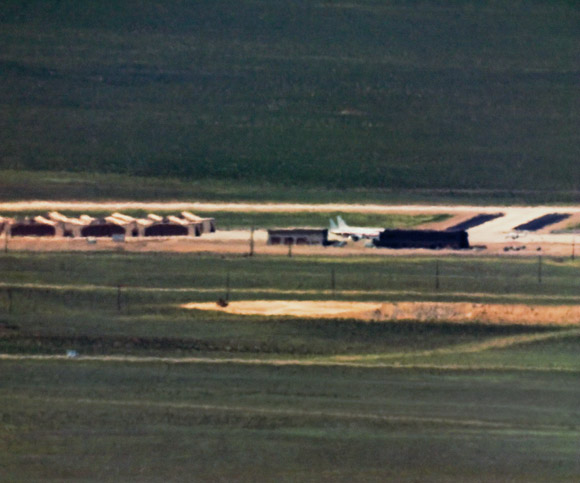
Terminal Air, a visualization system that Trevor Paglen developed together with the Institute for Applied Autonomy tracks the CIA aircrafts. You can register and get an email message when a CIA plane is coming to your city.
These companies leave other traces. They must have addresses. One of them led Paglen to a law office which is weird for an aviation company. No one would answer his questions. Then there are signatures at the bottom of documents belonging to the companies. He deciphered the names and found individuals which, unlike the rest of us, leave no electronic trace: they have no credit history, no driver's license.

They all have a single address which is a PO Box in Virginia. Paglen went there and discovered that the P.O. Box was used by hundreds and hundreds of names. It's a long collection of ghosts, of fictional characters. Which makes sense as these people are in the business of making other people disappear.

signature of a non-existing airline company member
These people involved in secret activities have colleagues which are the only persons with whom they are allowed to talk about their jobs. They organize reunions and form bonds. They also give awards to each other but they can't exactly say what this award is for. So someone would get an award for his or her "significant contribution in a remote location."
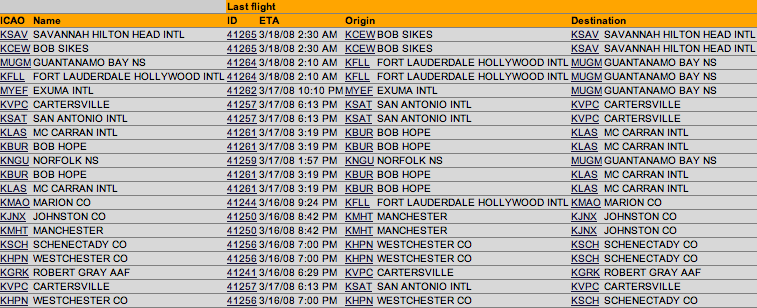
Since the mid 1990s, the CIA has spearheaded a covert program to kidnap suspected terrorists from all over the world. These people are then brought to a network of secret CIA-operated prisons, called “black sites,” where they are routinely tortured.
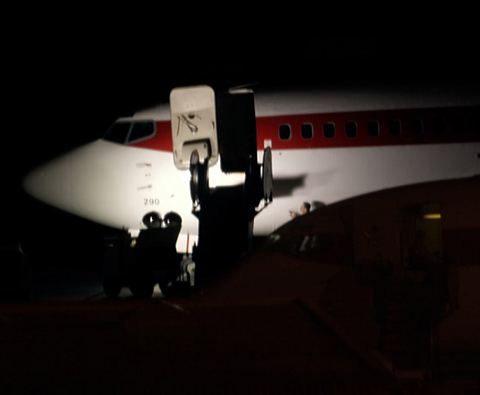
The CIA calls this the “extraordinary rendition” program. The locations of these black sites, known by code-names such as “Salt Pit” and “Bright Light,” are some of the CIA’s deepest secrets.

People taken to these secret prisons are effectively “disappeared”: there are no public records of their captivity, their identities are kept secret, and they are prohibited from communicating with the outside world.
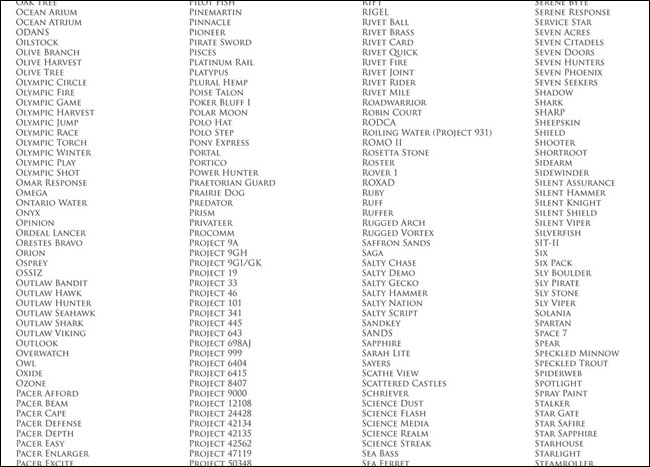
Far from targeting the “worst of the worst,” the system sweeps up low-level detainees and even involves the detention of the wives and children of the “disappeared,” in violation of their human rights. The United States illegally used “proxy detention” to empty its secret sites. Among CIA operatives, they are called “ghost detainees.” They usually don't come back.

Molly Lambert is the managing editor of This Recording.
"Rocket Ship" - Daniel Johnston (mp3)
"God" - Daniel Johnston (mp3)
"The List of Dorms" - Pavement (mp3)
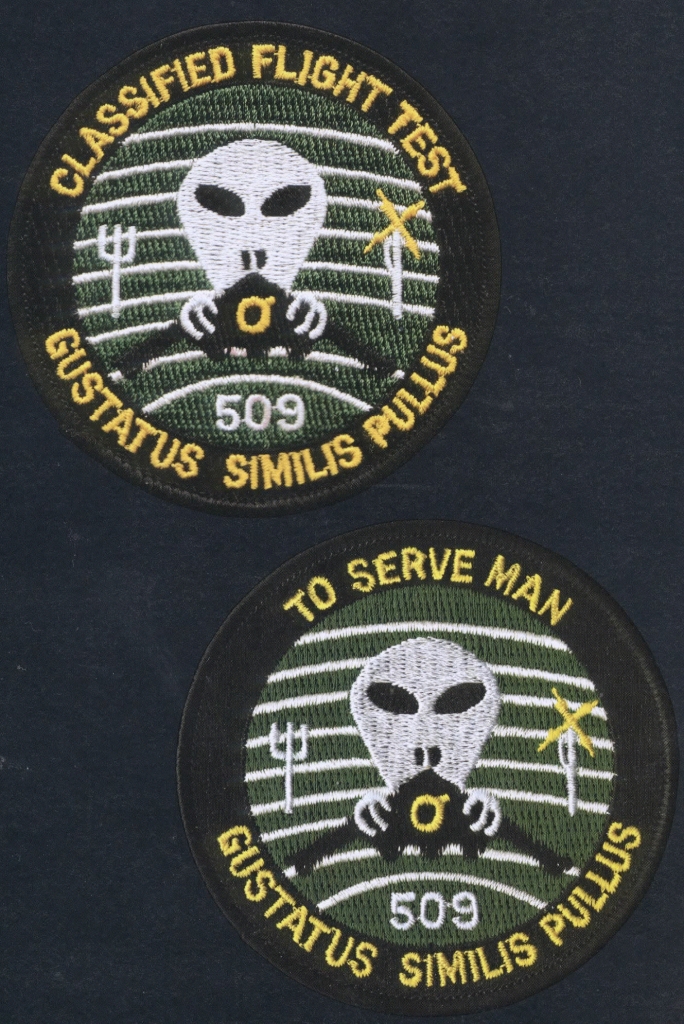
PREVIOUSLY ON THIS RECORDING
We Met The Real Life Iron Man
Celebrity Couples Confused and Amazed Us
Indiana Jones Got Rowdy In A Malt Shoppe
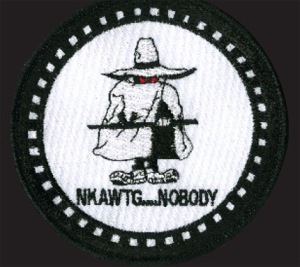






























Reader Comments (4)
Me want top secret This Recording patch. Art department, make it happen!
To: Molly Lambert
From: Institute for Applied Autonomy
Subject: CIA Plane Alert
A CIA Plane is now flying over your house. A lot.
I own this book. It is a grim or maybe comforting reminder of the large amount of things that are kept secret from me.
Somewhere out there someone is wearing one of these patches and they're not doing it ironically.
Cheers.
[...] a klatch of wealthy white east coast college students who are supertight buds for reasons that turn out to be fascinating and kind of [...]